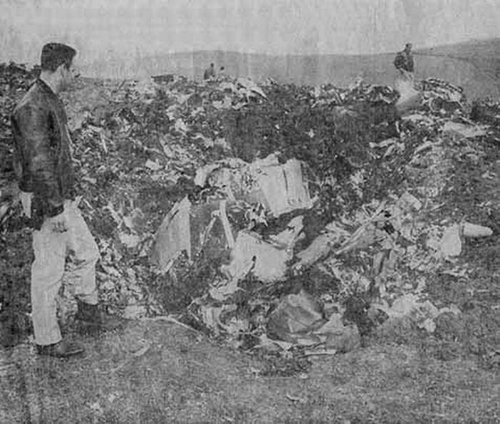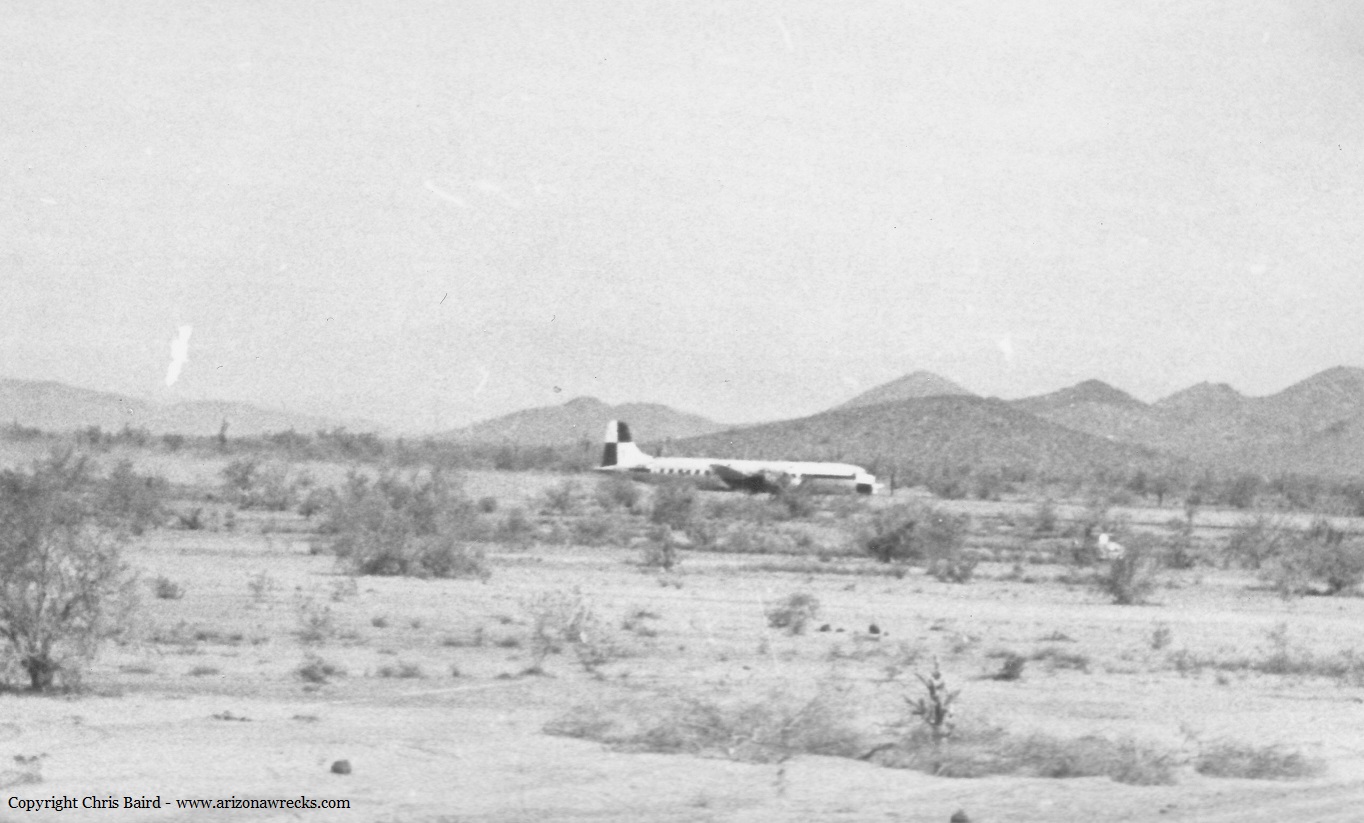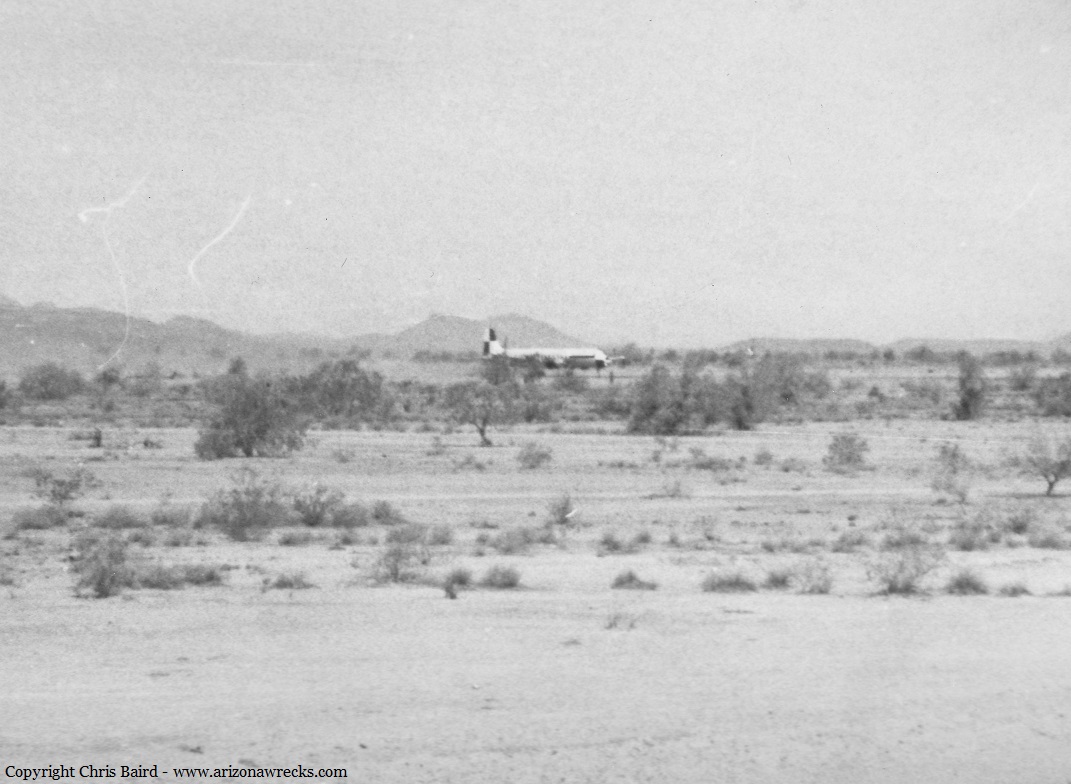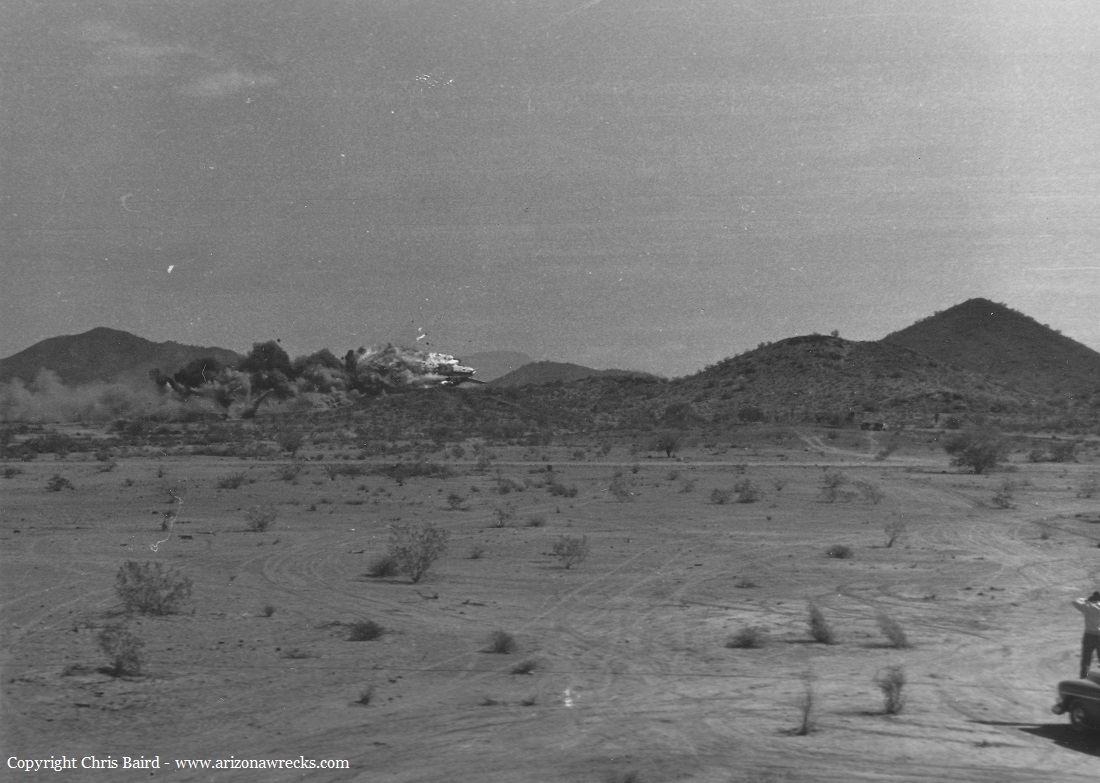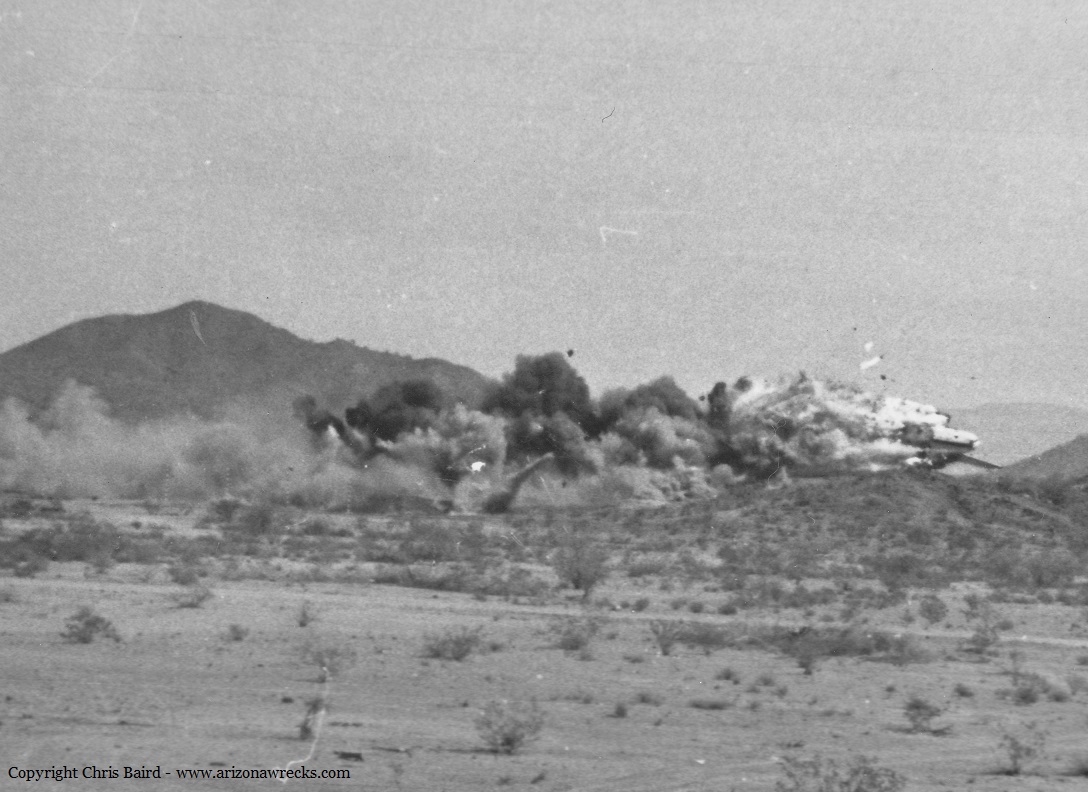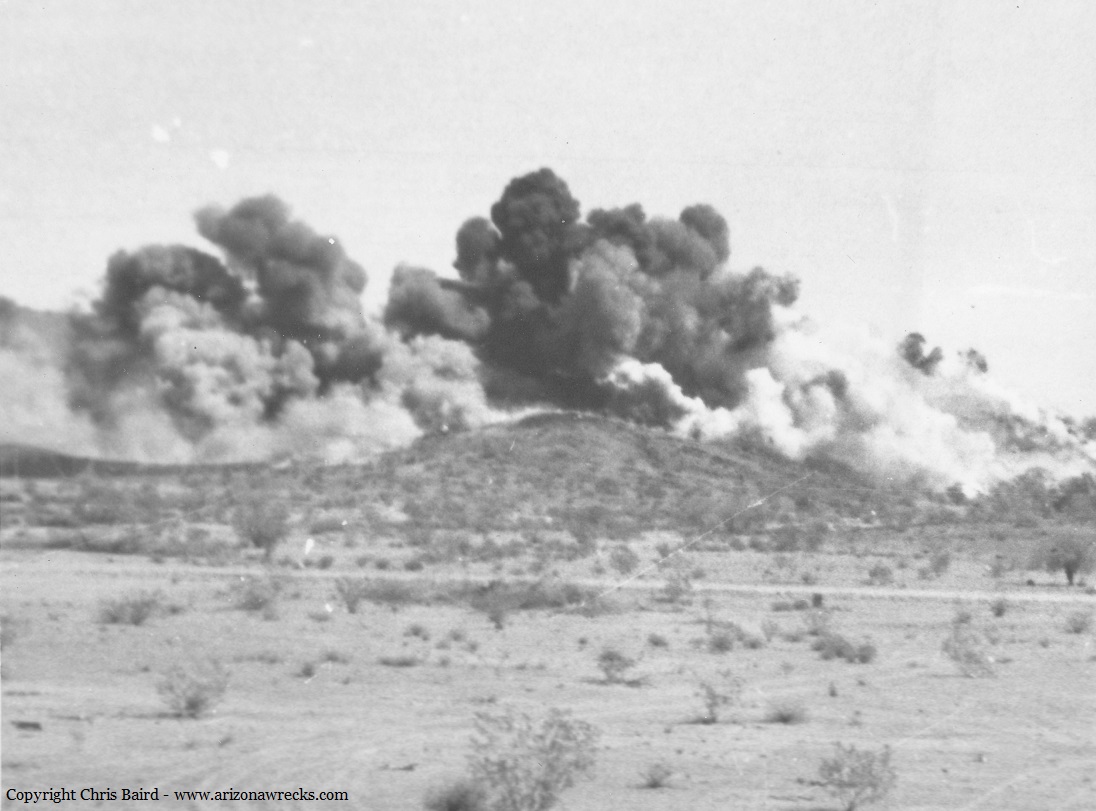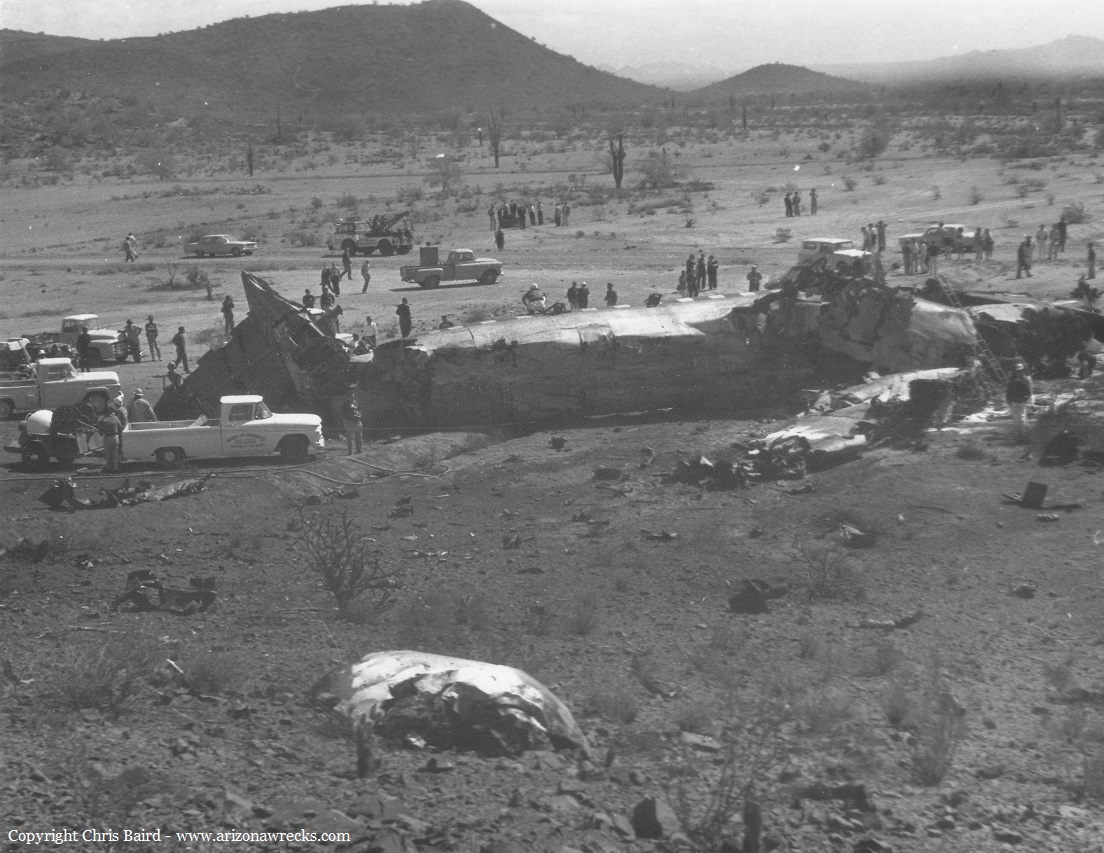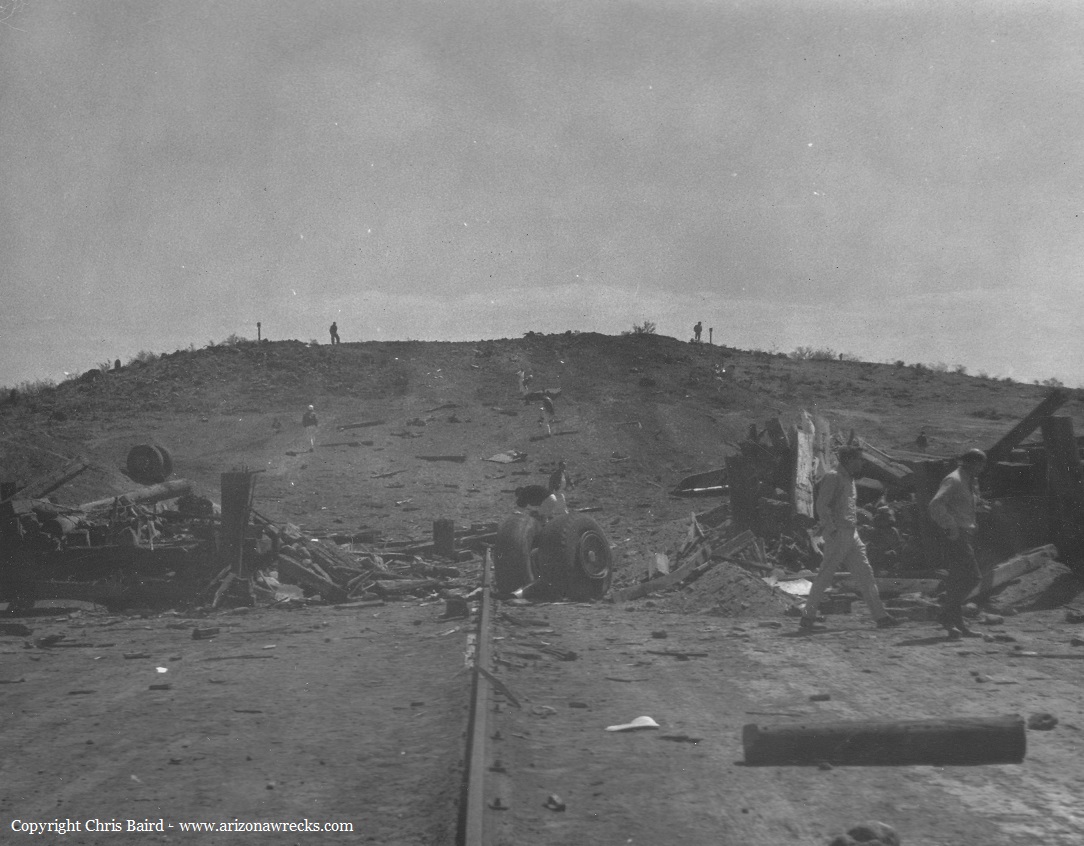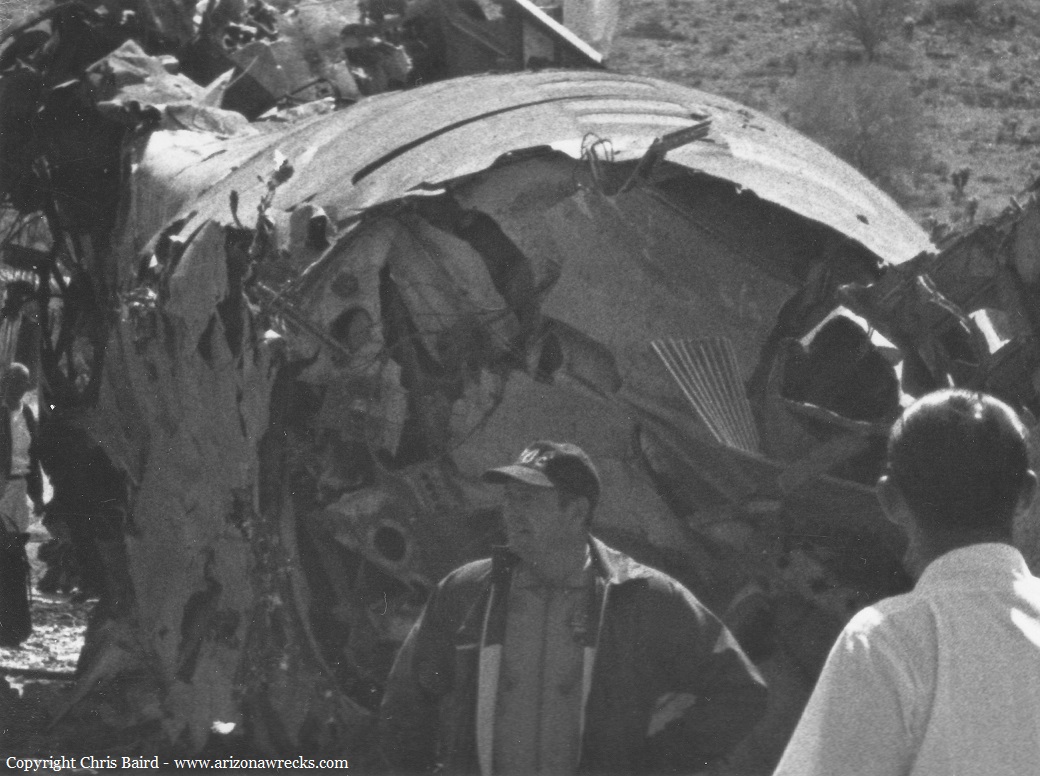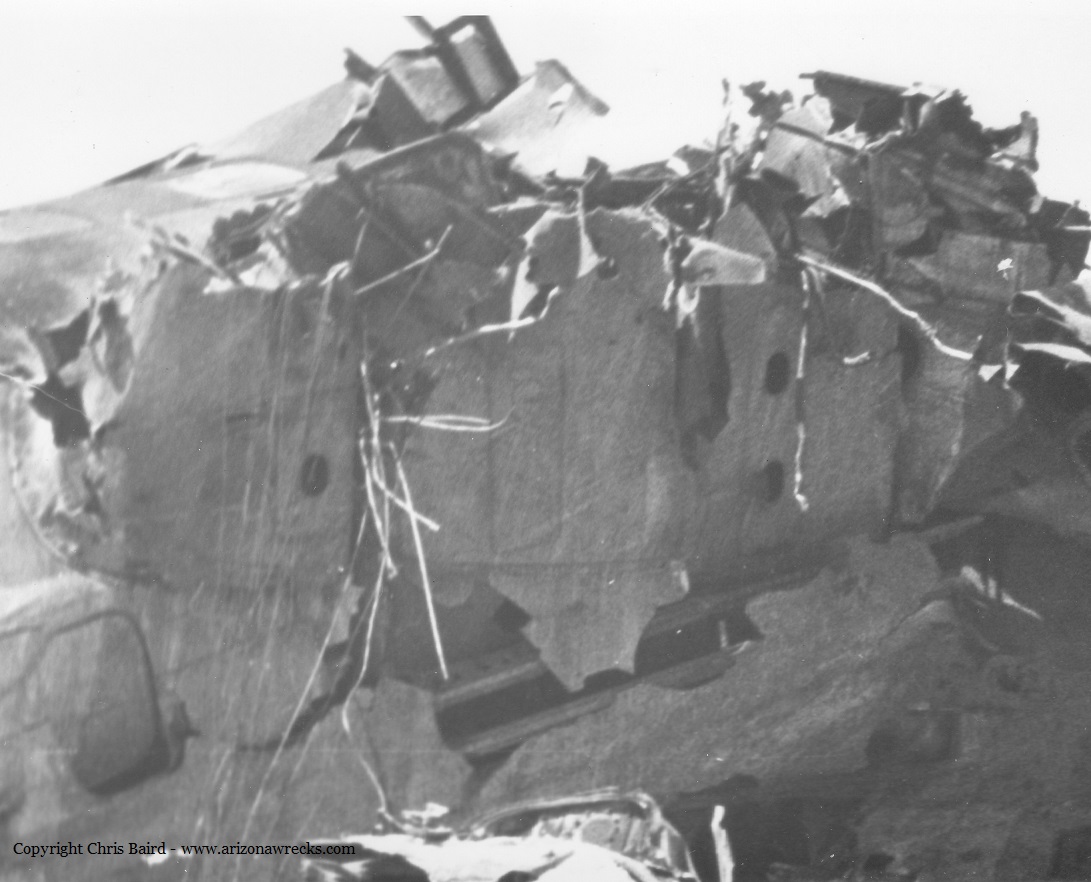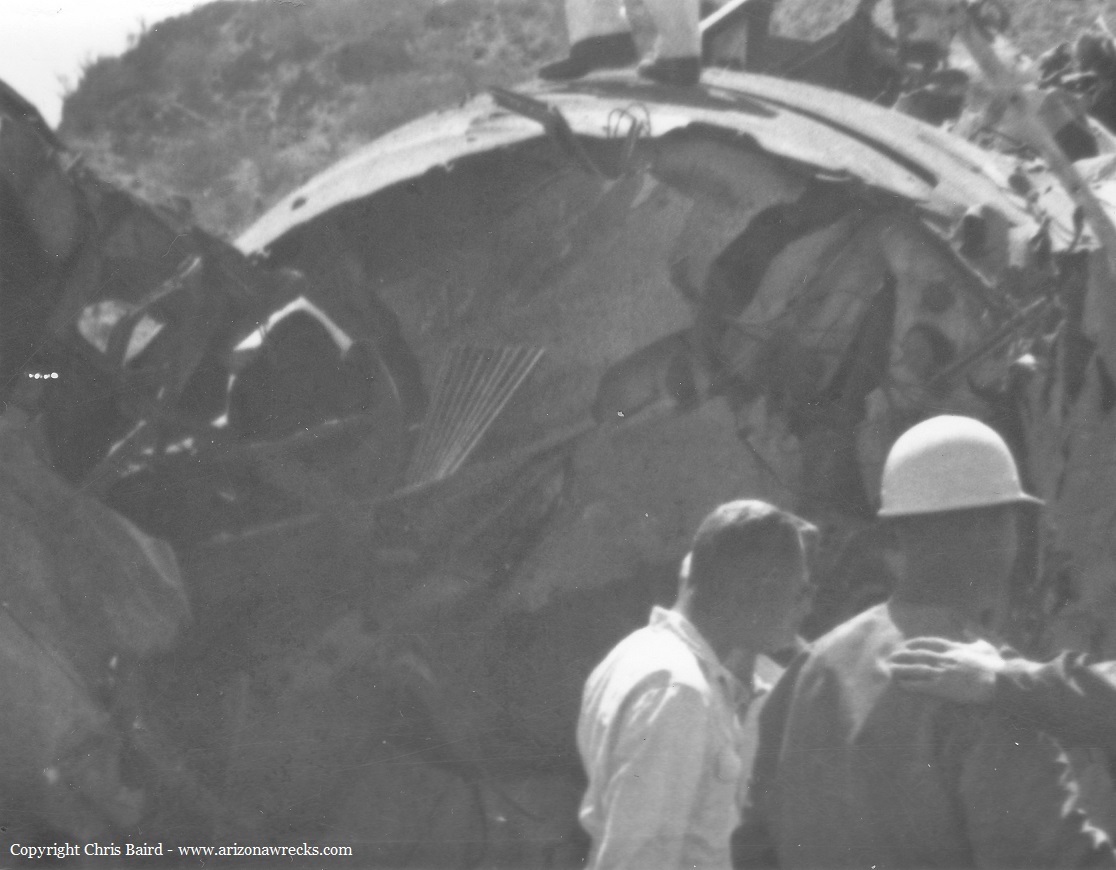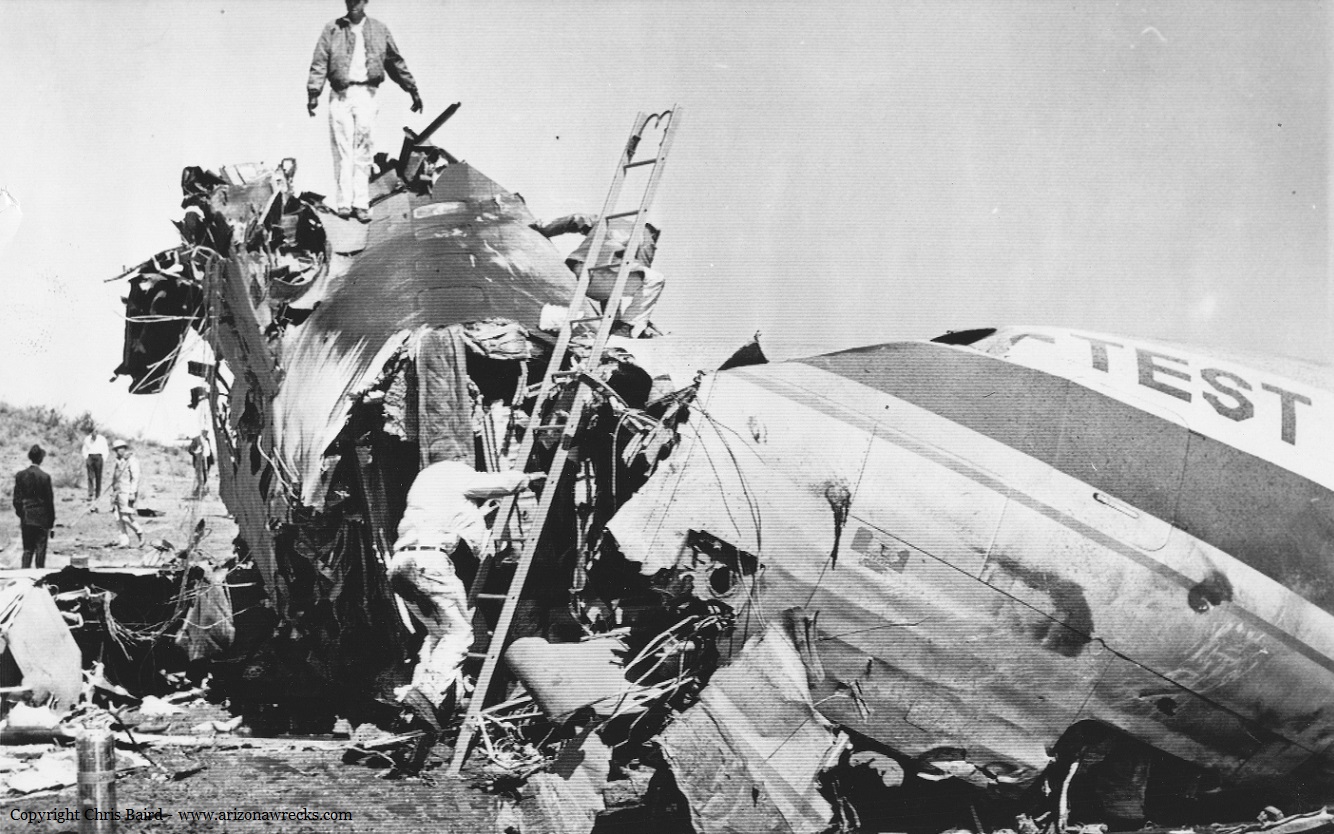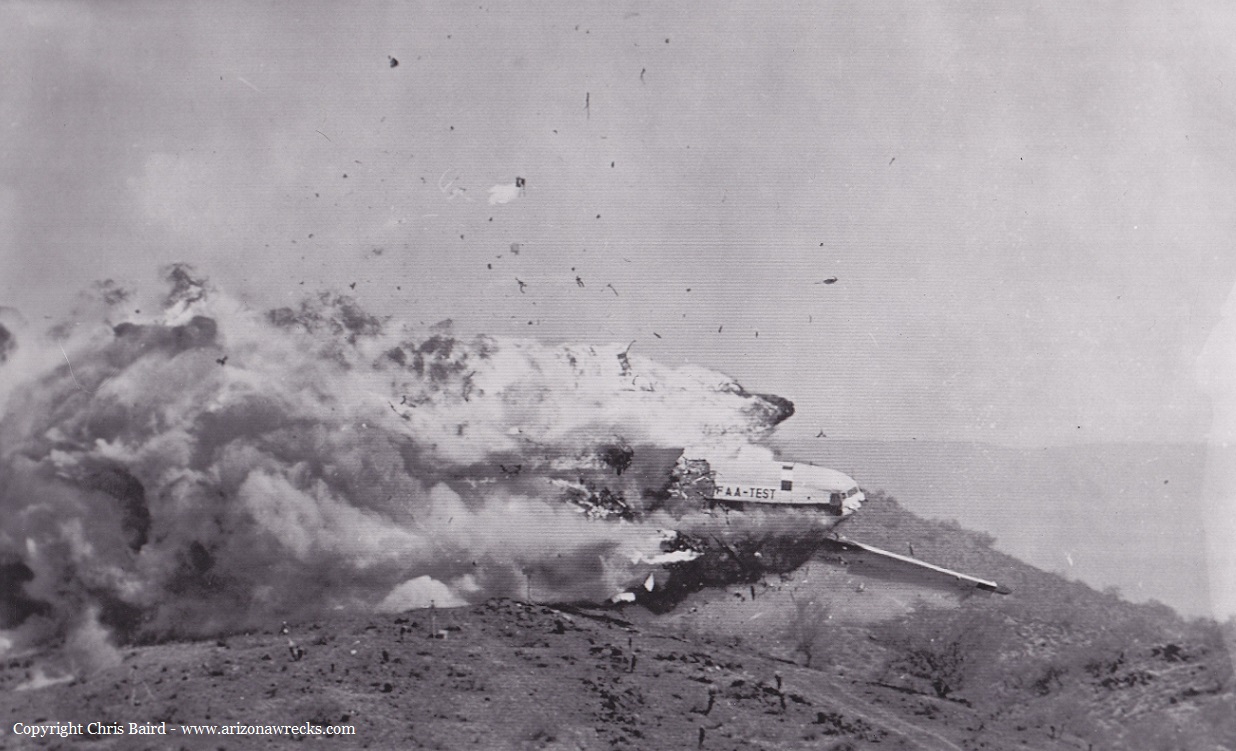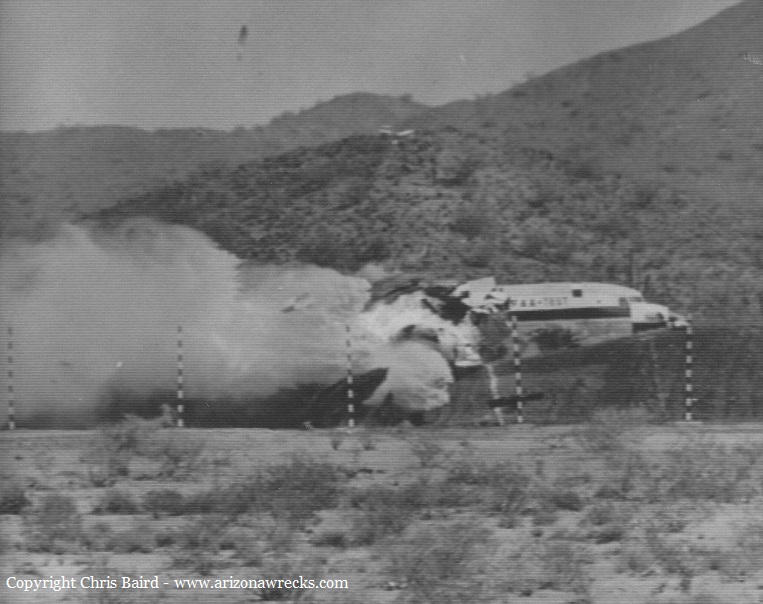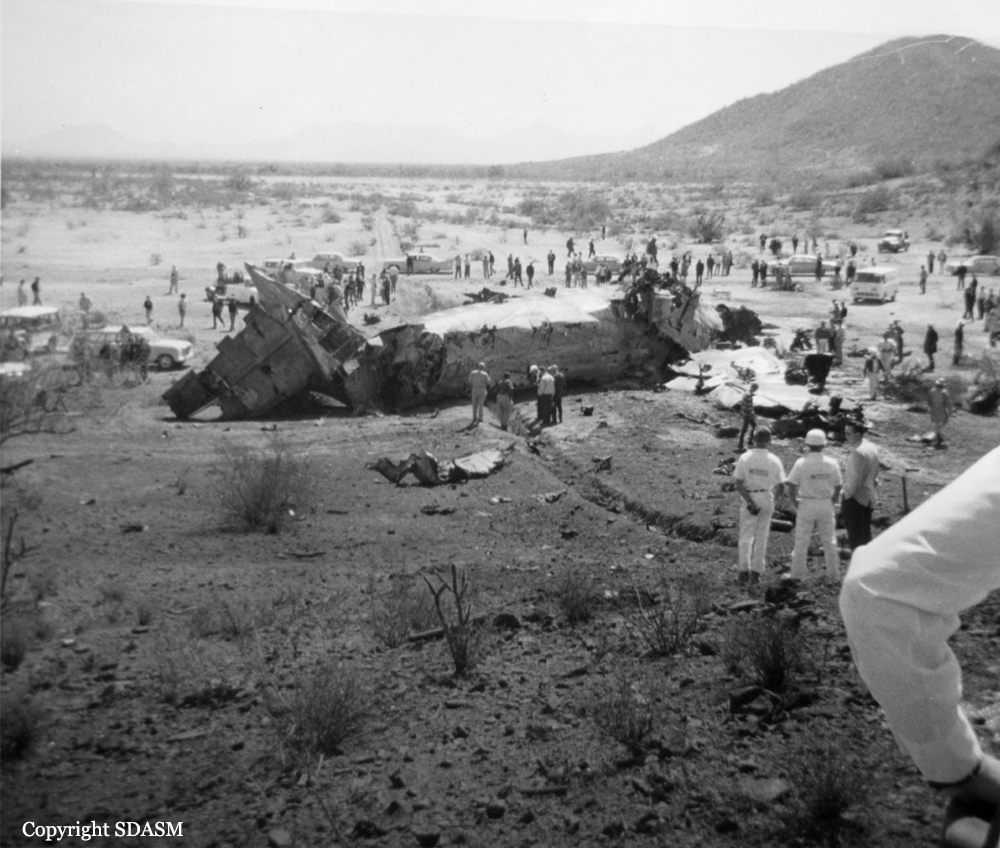Crash of a Fairchild F-27A in San Ramon: 44 killed
Date & Time:
May 7, 1964 at 0649 LT
Registration:
N2770R
Survivors:
No
Schedule:
Reno – Stockton – San Francisco
MSN:
36
YOM:
1959
Flight number:
PC773
Crew on board:
3
Crew fatalities:
Pax on board:
41
Pax fatalities:
Other fatalities:
Total fatalities:
44
Captain / Total hours on type:
2793.00
Copilot / Total hours on type:
988
Aircraft flight hours:
10252
Circumstances:
A Pacific Air Lines, Inc., Fairchild F-27, N2770R, operating as Flight 773, crashed near San Ramon, California, at approximately 0649, May 7, 1964, while en route from Reno, Nevada, to San Francisco, California. None of the 44 occupants aboard, including the three crew members and 41 passengers, survived the crash. The aircraft was destroyed by impact. The flight proceeded in a routine manner until approximately 26 nautical miles from its destination, the San Francisco International Airport. At that point, a message was received by Oakland Approach Control and the radar target associated with Flight 773 disappeared from the controller's radar scope. The recorded message, later determined to have been that of the copilot of N2770R was: "... Skippers shot. We're ben shot. (I was) Try'in ta help." A .357 Smith and Wesson Magnum revolver identified as having belonged to one of the passengers on the flight was found in the wreckage area. It contained six empty cartridges, which had been fired from the weapon.
Probable cause:
The Board determines the probable cause of this accident was the shooting of the captain and first officer by a passenger during flight.
Final Report:




